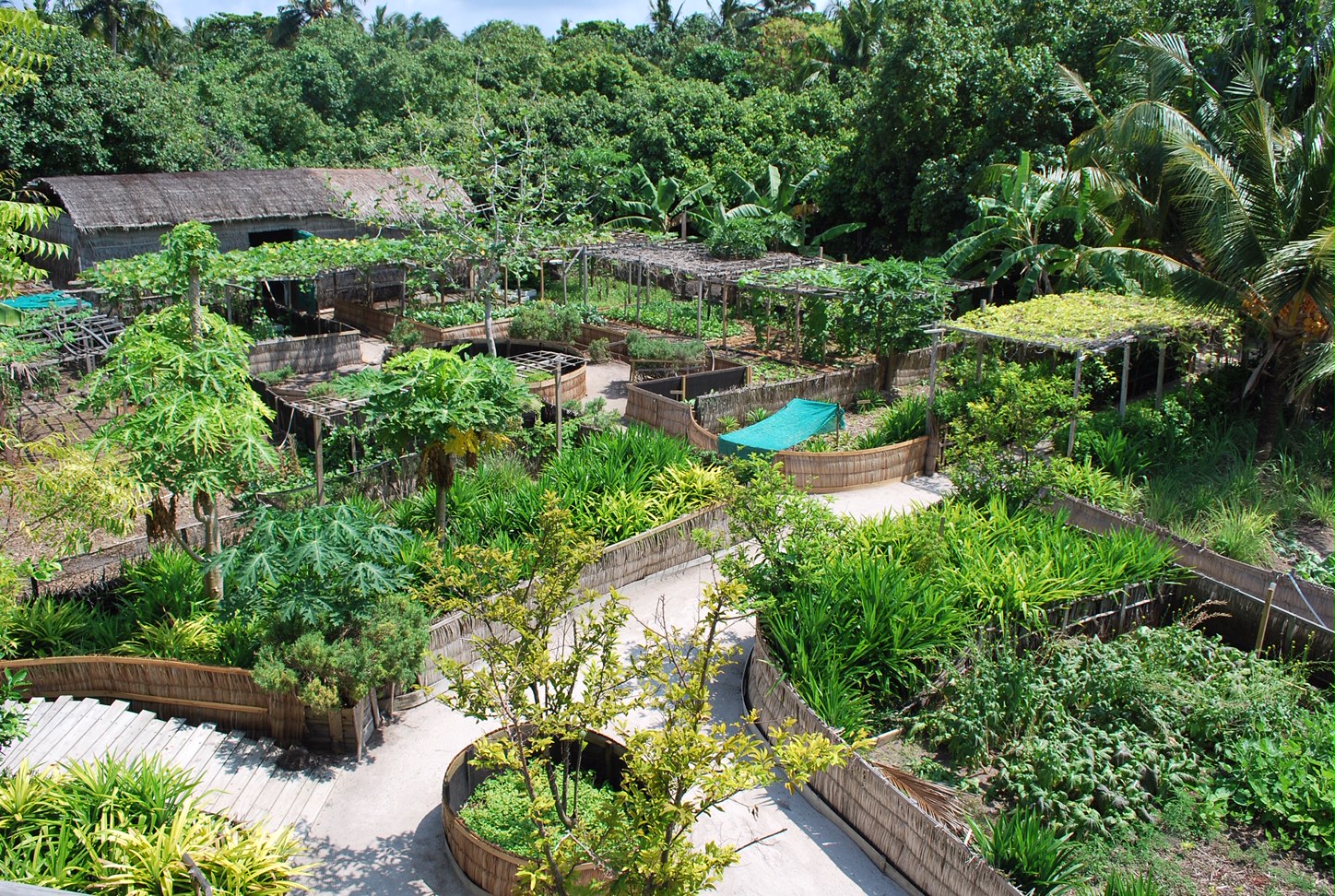 A vulnerability index for the natural environment, the basis of all human welfare, has been developed by the South Pacific Applied Geoscience Commission (SOPAC), the United Nations Environment Programme (UNEP) and their partners. The index was developed through consultation and collaboration with countries, institutions and experts across the globe. This index is designed to be used with economic and social vulnerability indices to provide insights into the processes that can negatively influence the sustainable development of countries.
A vulnerability index for the natural environment, the basis of all human welfare, has been developed by the South Pacific Applied Geoscience Commission (SOPAC), the United Nations Environment Programme (UNEP) and their partners. The index was developed through consultation and collaboration with countries, institutions and experts across the globe. This index is designed to be used with economic and social vulnerability indices to provide insights into the processes that can negatively influence the sustainable development of countries.
The reason for using indices for this purpose is to provide a rapid and standardised method for characterising vulnerability in an overall sense, and identifying issues that may need to be addressed within each of the three pillars of sustainability, namely environmental, economic and social aspects of a country’s development. Development is often achieved through trade-offs between these pillars. Therefore, in order to promote sustainability, it has become increasingly important to be able to measure how vulnerable each aspect is to damage and to identify ways of building resilience. With this information to hand, the outcome for countries could be optimised for their unique situations and development goals.
 Why focus on vulnerability?
Why focus on vulnerability?
The vulnerability of our environmental, social and economic systems is made up of more than just the risk of disasters and good or bad management. It is not just about climate change, or globalisation, or trade agreements. It must also include an understanding of how well any system (environmental, social and economic) can cope with any hazards that may come its way and that might harm it. It would be impossible to work towards good quality of life and growth for countries under a sustainable development model if no account were made of the damage that can occur from internal and outside influences.
For development to be sustainable, we clearly need to learn to manage our vulnerabilities. We need to be able to understand and/or manage hazards, natural resilience and acquired resilience. This understanding for the first time opens up opportunities for improving our overall vulnerability because it forces us to examine the problem from all angles, instead of just focusing on the risk of disasters. Vulnerability management is emerging as a critical part of any sustainable development strategy.
The interesting thing about vulnerability is that it can be examined at different levels for different issues. That is, it can be used to look at a single issue, or to assess a complex entity such as a country.
Vulnerability Inherent characteristics of a country + Forces of nature + Human use + Climate change
The overall vulnerability of a country is the result of a large number of interacting forces. Some of these can be influenced by our policies and actions. Others, like the forces of nature, cannot be directly changed by our choices. Where we have no power to change a factor, such as the weather or volcanoes, we can still improve our overall position by increasing resilience or reducing vulnerability
in seemingly-unrelated aspects of our environment. In the indicator descriptions that follow, we highlight some of the direct and indirect approaches that could be used to respond to vulnerability issues.
